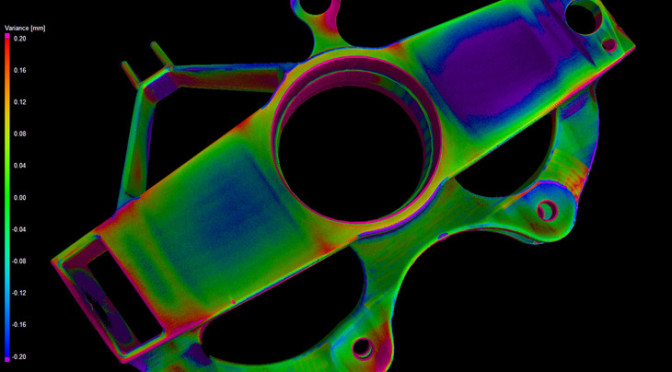An ice sheet model that includes previously under-appreciated processes indicates that sea level may rise almost 50 feet by the year 2500 due to Antarctic ice sheet melting if greenhouse gas emissions continue unabated. Penn State senior scientist David Pollard and colleagues reported the model in the journal Nature earlier this year.
Videos
Probing Question: Are bees suffering from malnutrition?
Christina Grozinger is distinguished professor of entomology, and director of Penn State’s Center for Pollinator Research. Her research explores the biology and health of honey bees and other pollinators. Using a multidisciplinary approach, Grozinger and colleagues address the complex stressors facing pollinators. Listen in as she updates us on the crisis and notes some ways we might mitigate and reverse the downward trend in pollinator health.
For more information about Penn State’s efforts on developing and restoring landscapes and gardens to provide nutrition for pollinators, visit the Center for Pollinator Research website. The Center is an international leader in the area of pollinator health, and brings together scientists, educators, and stakeholders to address the pollinator crisis.
Probing Questions videos showcase our faculty as they share their views on the question of the day, ranging from scientific advances to social trends and pop culture. We invite you to follow along! Please email series producer Melissa Beattie-Moss at mbmoss@psu.edu with ideas, comments and questions.
Manufacturing the future
Additive manufacturing, sometimes known as 3D printing, is exactly what it sounds like. Working from a computer-generated 3D model, a “printer” puts down layer after layer of plastic or metal or ceramic, adding layers until the design is realized in a finished part.
“You’re reimagining components from the ground up,” says Rich Martukanitz, director of Penn State’s Center for Innovative Materials Processing through Direct Digital Deposition, known as CIMP-3D. “You can manufacture components having features and characteristics that are near impossible to do with conventional processes. And you drastically cut manufacturing time, materials — and cost.”
Probing question: Can robots be too human?
S. Shyam Sundar is Distinguished Professor and founding director of the Media Effects Research Laboratory in Penn State’s College of Communications. His research investigates the social and psychological impacts of human interaction with the websites and social media.
More recently, Sundar has turned his attention to the emerging complexities of the human-robotic relationship. He and his graduate students are exploring questions about what people really want from robots, and what they fear the most about them. When it comes to cozying up to robots in our homes and lives, what makes us comfortable? And what gives us the creeps? Tune in and find out. Please email series producer Melissa Beattie-Moss at mbmoss@psu.edu with ideas, comments and questions.
Listening to data
Have you ever thought about taking data points and creating music with them? This is exactly what Mark Ballora does.
Ballora, a Penn State associate professor of music technology, translates data into music — also known as data sonification. He does this in part to emphasize that data may be interpreted aurally as well as visually.
As described in an earlier post this week, Ballora sonified Penn State Polar Center director Eric Post’s research on phenology and caribou and muskox populations. Phenology is the study of the timing of seasonal events — such as the onset of spring flowering or the arrival of migratory birds.
Continue reading Listening to data

